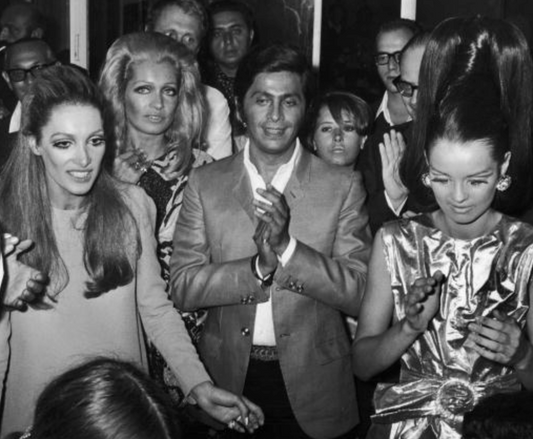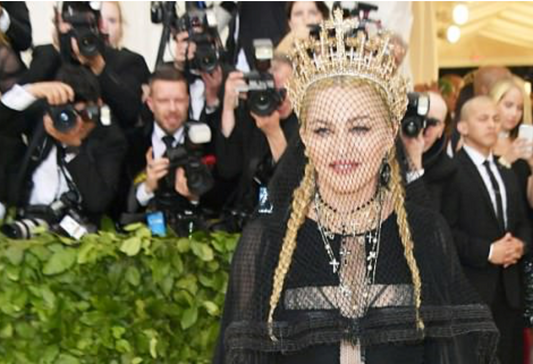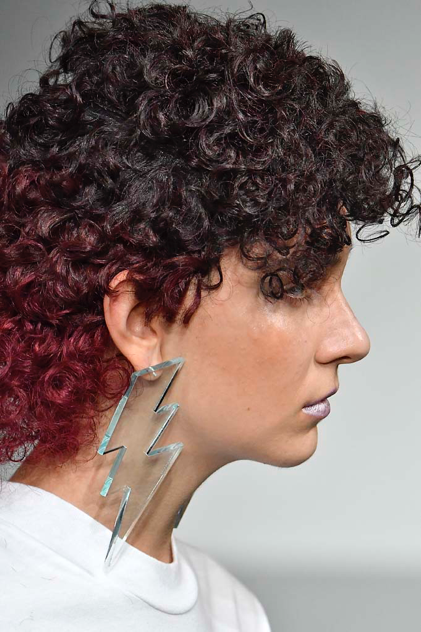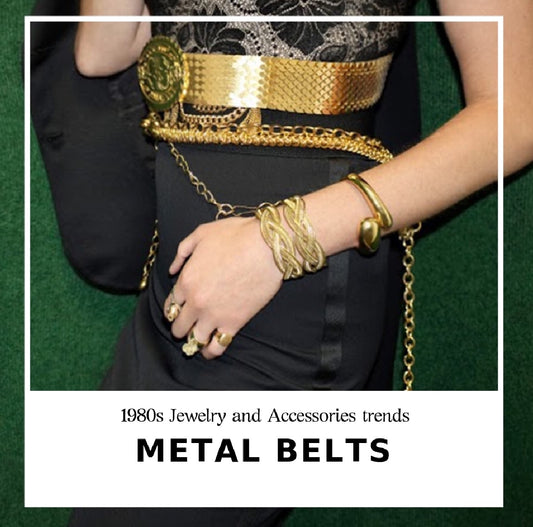talkingfashion
The Marvellous Life of Marc Jacobs
The Marvellous Life of Marc Jacobs By Paige McKirahan (source) As we look to all of the fashionable spring birthdays coming up this season, we would be remiss to...
The Marvellous Life of Marc Jacobs
The Marvellous Life of Marc Jacobs By Paige McKirahan (source) As we look to all of the fashionable spring birthdays coming up this season, we would be remiss to...

History of Valentino
History of Valentino By Paige McKirahan There are few words that you think of when you hear Valentino, and most of them are associated with luxury. This haute couture...
History of Valentino
History of Valentino By Paige McKirahan There are few words that you think of when you hear Valentino, and most of them are associated with luxury. This haute couture...
Metallic’s Glimmering Fashion History
Metallic’s Glimmering Fashion History By Paige McKirahan From the eye catching metallic jumpsuits of the ‘70s to the glimmering casings of the latest iPhones, metal motifs have been loved...
Metallic’s Glimmering Fashion History
Metallic’s Glimmering Fashion History By Paige McKirahan From the eye catching metallic jumpsuits of the ‘70s to the glimmering casings of the latest iPhones, metal motifs have been loved...

From Catholicism to Couture: The Fashion Cross
From Catholicism to Couture: The Fashion Cross By Paige McKirahan Fashion is like a religion for some, so it is only customary that it finds inspiration in true religious...
From Catholicism to Couture: The Fashion Cross
From Catholicism to Couture: The Fashion Cross By Paige McKirahan Fashion is like a religion for some, so it is only customary that it finds inspiration in true religious...

London Fashion Week SS'19 Accessories Trend Spo...
London Fashion Week SS'19 Accessories Trend Spotlight By Paige McKirahan Welcome back to the Talkingfashion blog, fashion week lovers! Today, we have decided to take a look at the...
London Fashion Week SS'19 Accessories Trend Spo...
London Fashion Week SS'19 Accessories Trend Spotlight By Paige McKirahan Welcome back to the Talkingfashion blog, fashion week lovers! Today, we have decided to take a look at the...

"Top 10 Bijoux & Accessories Styles of the 80s"...
Have you signed up yet? Here a little glimpse of what you will receive in your inbox every Friday when you join our mailing list. We promise you won't regret!
"Top 10 Bijoux & Accessories Styles of the 80s"...
Have you signed up yet? Here a little glimpse of what you will receive in your inbox every Friday when you join our mailing list. We promise you won't regret!